-
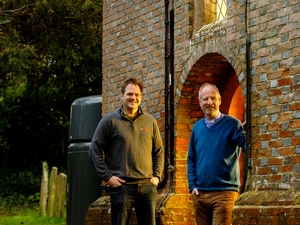
18 March 2024
Drive to net zero should ease climate change
We’re involved in the drive to reduce carbon emissions from our churches, halls, vicarages and ... read more
-
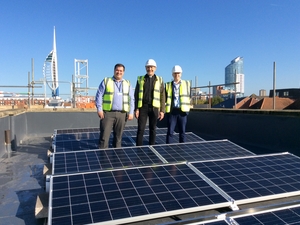
3 January 2024
Cathedral achieves silver Eco Church award
Portsmouth Cathedral has received a silver Eco Church award to recognise the progress it has ... read more
-
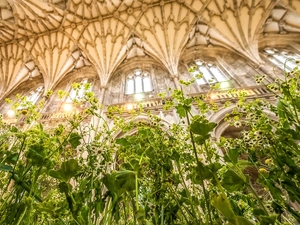
3 April 2023
Helping your church reach net zero carbon
We have the great honour of caring for some truly beautiful buildings and churchyards, which ... read more
Drive to net zero should ease climate change
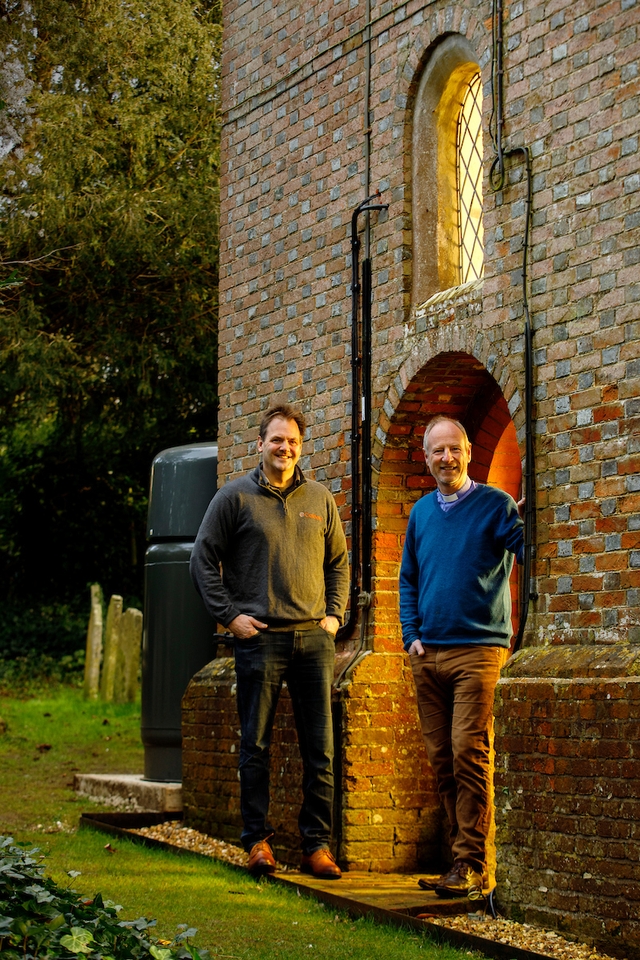
IT’S a historic building that is difficult to heat. But one rural Hampshire church has found a solution to limit carbon emissions.
Worshippers at the Church of Blessed Mary in the village of Upham have been enjoying the benefits of green technology for the past two winters. Their new carbon-neutral heating system has saved them having to invest in an expensive and polluting boiler.
The Hampshire-based firm Caldera, which specialises in renewable energy solutions, installed two ‘Warmstone’ heat batteries outside the historic church in the winter of 2021-22. It was part of a trial to see if their green energy would work in spaces as large as churches.
The heat batteries use green electricity that is available at cheaper rates overnight, and the system stores up to 200kWh of heat until it is needed. It can then be switched on to heat up the church in time for Sunday services and other activities during the winter.
The rector, the Rev James Hunt, said: “We’d had the same oil boiler since the 1970s. It was housed in the boiler room, which is under the church, and the heat came through a maze of Victorian piping. The oil that we were using was also expensive. Not only was it inefficient and emitting carbon, but when we tried to turn it on for the winter of 2021, we discovered it had stopped working.
“Rather than replace it with something similar, we discovered that this trial existed, and we were happy to be guinea pigs. Caldera did use us to test out how well this system would work in large spaces such as churches, and there were some teething issues. But it does now heat the church effectively.
“This is a great step forward for a historic church such as the Blessed Mary to be heated in this way, and means we’re making our contribution towards becoming carbon neutral. A huge thank you to churchwardens Simon Beloe and Richard Clarke for overseeing the project.”
All the electricity used comes from renewable sources, and the church is now ‘net zero’, apart from the lawn mower! It therefore fits in with the Church of England’s drive for all our churches, halls, church schools and parsonages to be carbon net zero by 2030. The Church committed itself to this challenging target back in 2020 and has since created a routemap by which it expects to reach this milestone. It involves work on our church buildings, halls, vicarages, church schools and other activities.
Our diocese has put together its own action plan, which includes some short-term, medium-term and long-term actions that should make a difference. That includes everything from dealing with damp and draughts, to looking at how our buildings are heated and lit, and how we source the electricity we use.
It also aims to inspire parishes to apply to become Eco Churches, meaning that the Christian environmental charity A Rocha recognises the steps each is taking to become greener.
Last autumn, we appointed David Cain to be our part-time diocesan environmental officer, with a brief to advise and help our parishes achieve some of these actions. This two-days-a-week role dovetails neatly with his other role as building development officer and DAC secretary.
Steve Collins, the former deputy diocesan secretary for Guildford diocese, has become net zero carbon programme manager for Portsmouth, Chichester and Guildford dioceses; and we've also appointed Matt Lockwood as our part-time net zero carbon support officer to work with Steve and David. All of these posts are being funded nationally.
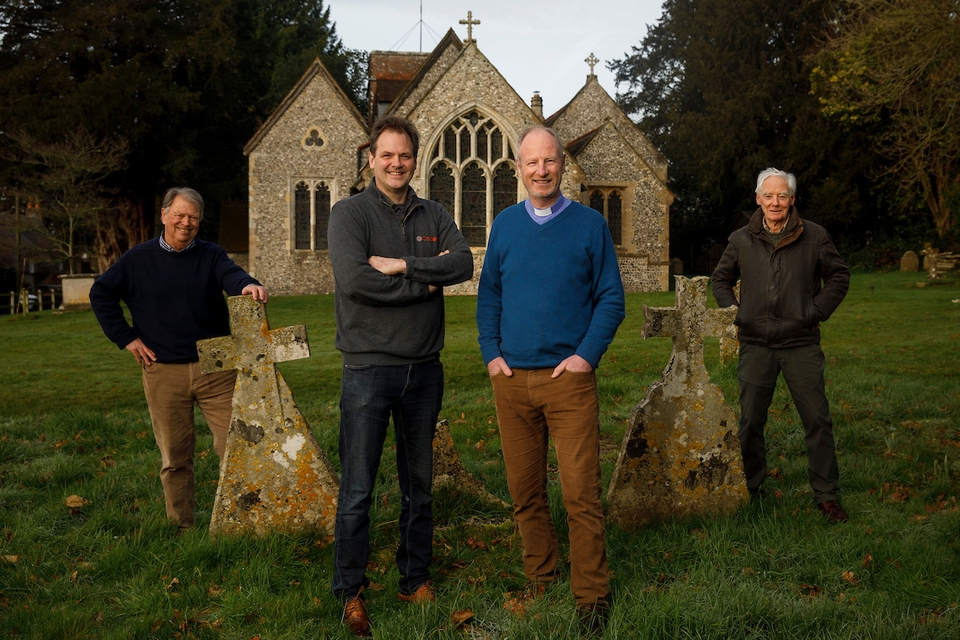
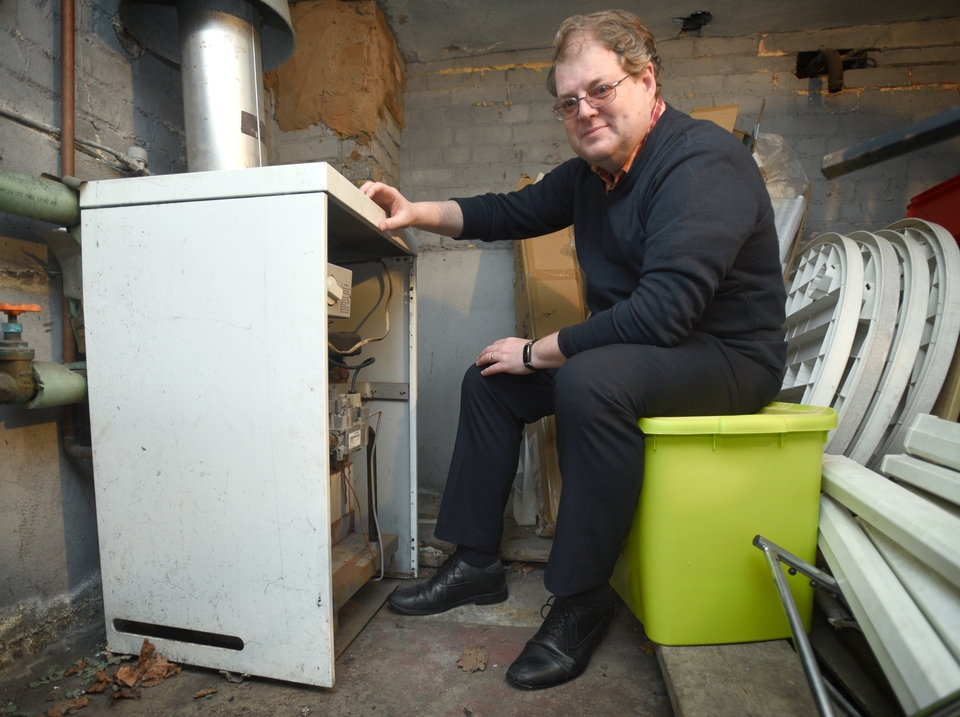
Among the projects that they are advising on is one to install solar panels on the roof of St Margaret’s Church in Southsea. The 120-year-old building has been refurbished over the past seven years, with the creation of a community café, Pantry and soft play area inside the building – and underfloor heating installed. This means the building is used constantly each day, so its leaders are looking for greener and less expensive ways of keeping it heated and lit.
“It’s great that the building is used so much by the local community, but that does mean its energy bills are quite high,” said David. “The church needs to re-roof the nave in any case, so if we can install in-roof solar panel tiles, that would really help.
“We hope to use the St Margaret’s project as a case study when we submit our bid to the national Church of England, so that we can secure some capital funding towards it.
“If this and one or two other initial bids are successful, that will help us to be sure of the right process to drive this forward in the future.”
Every one of our parishes is being encouraged to use the Energy Footprint Tool, which allows churches to enter details of their energy bills and work out what their carbon footprint is. You can reach that tool via portsmouth.anglican.org/environment.
Meanwhile Portsmouth Cathedral has been awarded an Eco Church silver award by A Rocha to recognise its achievements in promoting biodiversity and reducing its carbon footprint. The latter has involved embracing LED lighting, double glazing and thermal curtains and blinds in its offices and community spaces in Cathedral House. Smart monitoring has also reduced heating requirements.
The Dean, the Very Rev Anthony Cane, said: “The attainment of Eco Church silver status is rewarding, but our commitment to caring for God’s earth extends far beyond accolades.
“We are resolute in reducing our carbon footprint and achieving net zero by 2030. Over the past 10 years, the cathedral has taken small, but important, steps to reduce its carbon footprint by 50 per cent.”